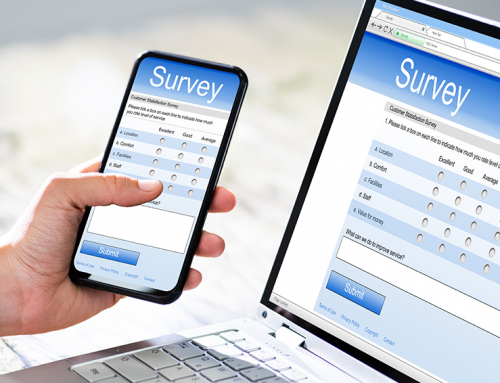The development of an electronic Case Report Form (eCRF)

The electronic case report from (eCRF) played a pioneering role in the digitalization and introduction of ever new technologies into clinical research, and enjoys great popularity.
Advantages like the availability of your data at all times, the rapid transfer of data also from external devices, automated alerting processes, predefined plausibility checks, and the possibility to use the EDC system as an information sharing platform, speak in favor of the eCRF within clinical and non-interventional studies.
Here, we would like to give you a short overview of the eCRF development within the course of a study.
1. The data management plan
At the very beginning of any data management involvement in the study, a data management plan is created in order to define the scope, standard operating procedures (SOPs), the respective templates and the responsibilities for data management procedures within a study.
2. The structure and data validation plan
The development of an eCRF itself starts with the final study protocol. As soon as the aim of the study and its contents are determined, the structure of the eCRF can be defined, i.e. the names and characteristics of all CRF items and corresponding database tables.
For that purpose, a structure plan is created which is reviewed and approved – by all involved parties – before set-up and validation of the eCRF structure within the development environment of the EDC system.
Once the structure of the eCRF is finalized, the criteria for online and offline plausibility checks are defined. Additionally, conditions for e-mail alerts are specified (e.g. adverse event alerts, alerts if a patient is screened / randomized). Therefore, the finalized structure plan is amended with the data validation plan.
Upon review and approval of the data validation plan by all involved parties, the implementation and validation of the online edit checks and e-mail alerts can be performed within the development environment of the EDC system.
3. Reports
To facilitate ongoing study and patient management, study-specific status reports are programmed and validated on demand (e.g. patient status by country, query report, adverse event listing).
4. Workflow definition
Apart from the structure and check criteria within the EDC system, it is important to define the project-specific EDC roles, their individual rights and workflows (e. g. who is allowed to enter / read / modify data, to raise / answer queries, to sign the eCRF).
For that purpose, the workflow definition document is created and, upon review and approval by all involved parties, the workflow is implemented and validated within the development environment of the EDC system.
5. User acceptance testing
Before Go-Live, the EDC system is tested for functionality and usability by test users who are, preferably, not familiar with the respective eCRF. The user acceptance test is an overall test to check if the eCRF fits its purpose. Therefore, all system components related to practice are tested (e.g. data entry, monitoring, query process).
Findings and comments have to be documented by each testing person within the user acceptance test report. These findings are reviewed and the intended solutions are documented within the user acceptance test report. Afterwards the corrections and changes are implemented in the EDC system and validated, if applicable.
6. Release of the EDC system / Go-Live
As a last step before Go-Live, once the EDC system is approved by all involved parties, the EDC system is transferred from the development environment to the productive environment.
7. User and access management
In order to get access to the productive environment of the EDC system, all users of the EDC system must be trained in handling the EDC system in their corresponding role. The training requirements are described in the data management plan.
Usually, also user manuals are created within the project-specific EDC system, in accordance with the different existing user roles (e.g. investigator, monitor). After review and approval by all involved parties, the manuals are handed out to the users of the EDC system. They may also be introduced to the users on the welcome page within the EDC system for download.
8. External electronic data – if applicable
Sometimes, external laboratory data or data from an electronic patient-reported outcome (ePRO) have to be incorporated within the eCRF.
If study data are transmitted in electronic form from external data providers, project-specific details of external data transfer and import are described in the data management plan.
The data transfer specifications (DTS) describe the content, structure and frequency of the external electronic study data transfers.
The DTS are created in collaboration with the external data provider before the first planned data transfer occurs. In order to check compliance with the DTS and technical feasibility, a test data transfer should be performed before the first planned data transfer.
External data have to be imported into the study database either directly within the EDC system, or integrated within the exported database. If external data has to be imported directly within the EDC system, an interface has to be programmed and validated within the development environment of the EDC system.
Picture: @Gstudio Group /Fotolia.com









